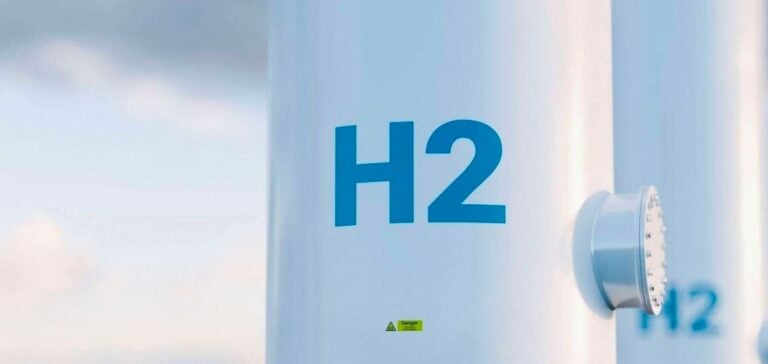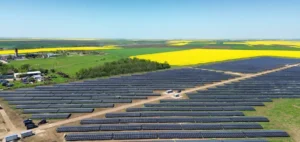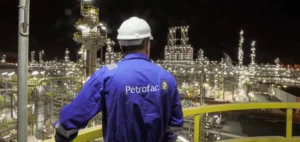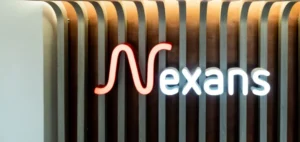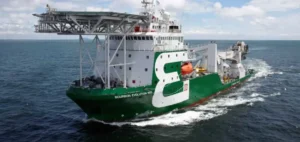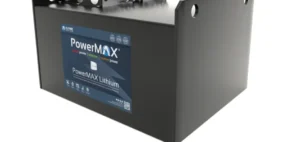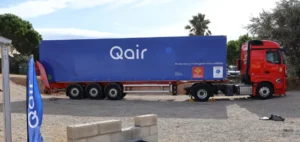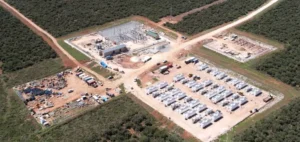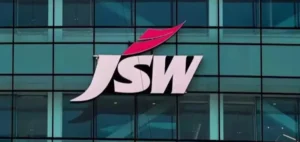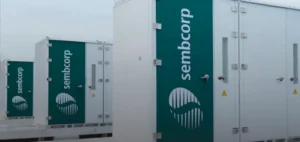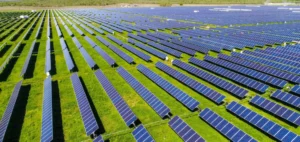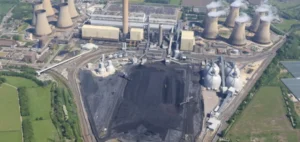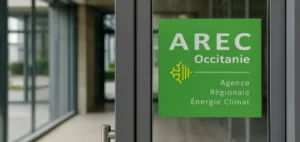Cummins will produce electrolyzers in the United States to develop and advance the renewable hydrogen economy.
A production of electrolysers
Cummins says the electrolyzer production will take place in Fridley, Minn. The company will have an annual production capacity of 500MW. In addition, the company is considering a possible expansion to 1GW.
Cummins plans to dedicate 89,000 square feet of its Fridley facility to produce electrolyzers. This site will meet energy needs ranging from 1.25 MW to over 200MW. The facility will manufacture its HyLYZER®-500 and HyLYZER®-5000 proton exchange membrane (PEM) electrolyzers.
International ambitions
For its first electrolyzer production plant, the group chose Fridley, which is located in the Twin Cities area. In addition, the company is dedicated to helping the community through the Cummins Advocating for Racial Equity (CARE) program. Alex Savelli General Manager of Electrolyzers – Americas at Cummins says:
“Expanding our smelter capabilities in Minnesota is Cummins’ first step in enhancing our ability to serve North American customers and meet the growing demand for large-scale smelting projects worldwide.”
Cummins powers the world’s largest PEM electrolyzer (20MW) in Bécancour, Canada. The group also supplies the first wind energy storage plant in Windgas Falkenhagen. The company has the world’s first 100% hydrogen-powered passenger train fleet in Germany.
Multiple projects
The company announces the expansion of PEM cell manufacturing capacity at its Belgium plant to 1GW. It is developing its Mississauga site in Canada. Cummins is also building two new electrolyser plants in Spain and China.
The Spanish and Chinese sites will have the same capacities as Fridley. Headquartered in Columbus, Inidiana, Cummins employs nearly 60,000 people. The company designs, manufactures, distributes and services a broad portfolio of power solutions.


